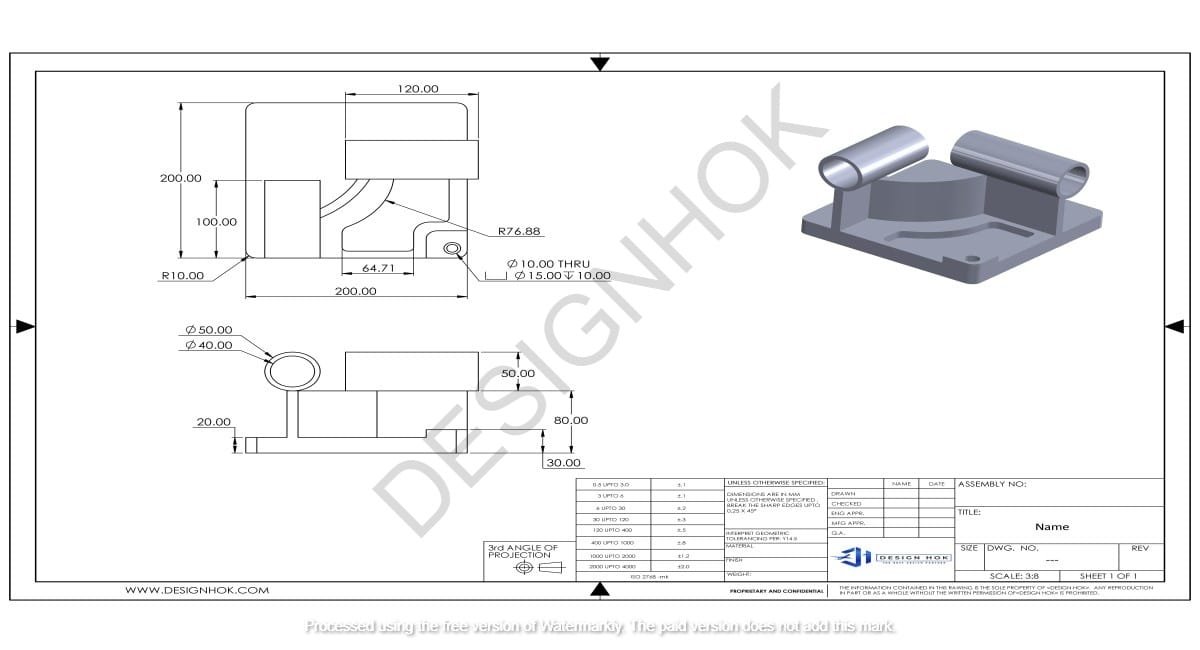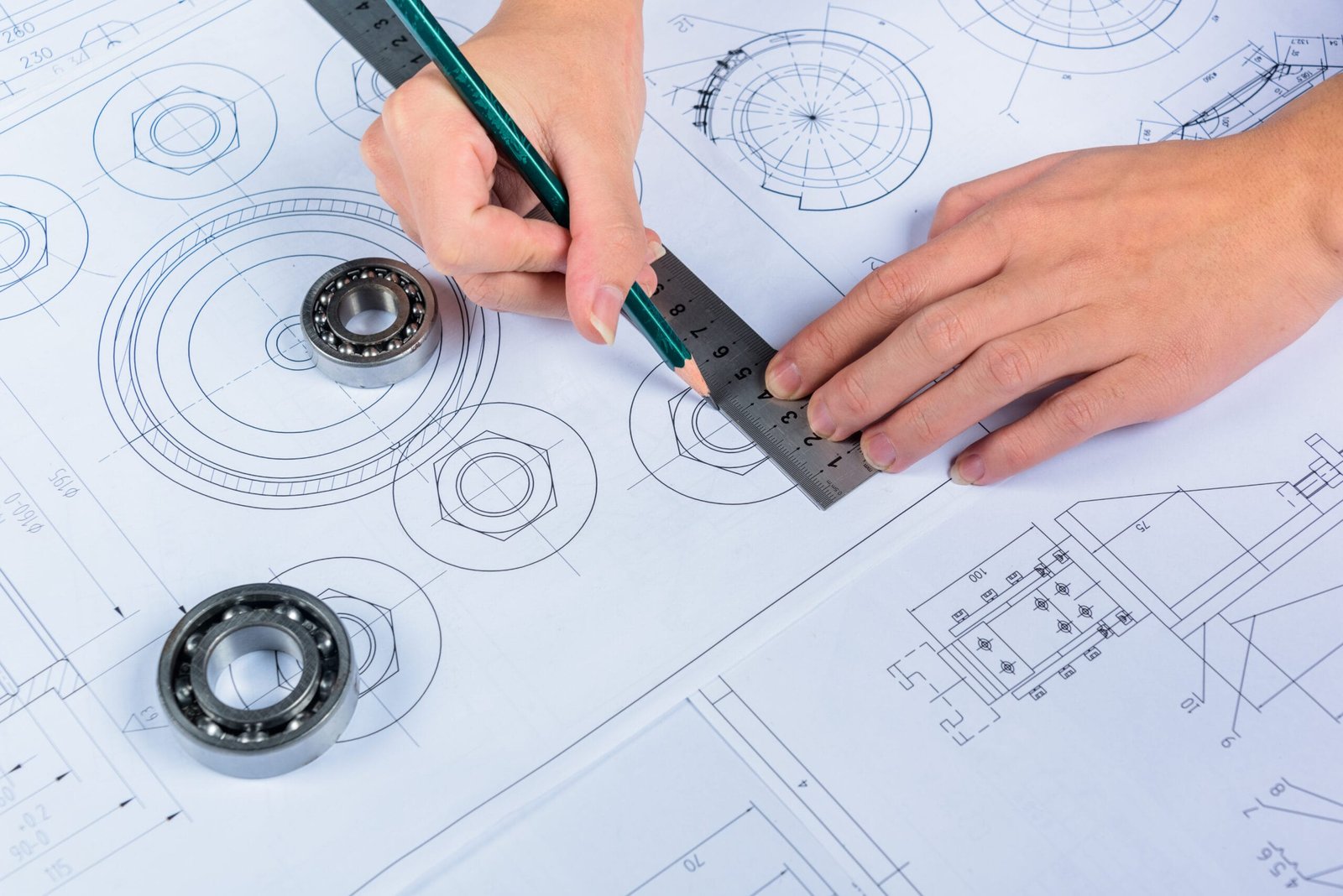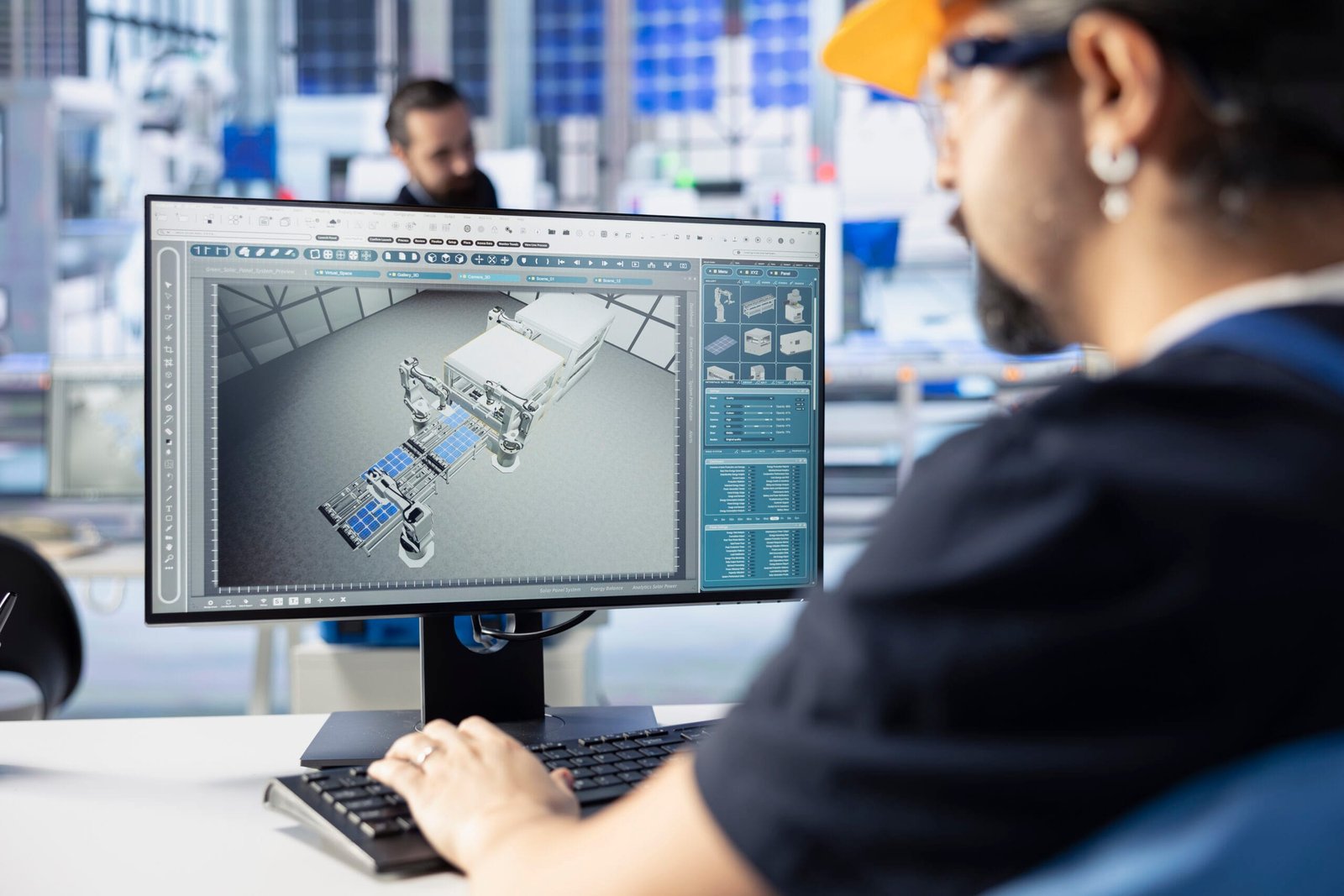Introduction
In the dynamic field of design, 3D modeling is pivotal for creating realistic and detailed representations of concepts. The success of any 3D Design Principles for Design HOK relies on a solid foundation of design principles that guide the creative and technical process. For a design firm like Design HOK, these principles ensure that every project aligns with both functional requirements and aesthetic standards. This blog delves into the core 3D design principles that drive excellence at Design HOK and how they shape innovative and effective designs.
Key 3D Design Principles for Design HOK
1. Clarity of Concept
A successful 3D Design Principles for Design HOK starts with a clear and well-defined concept. Before diving into the modeling phase, it is essential to understand the project’s purpose, goals, and end-user requirements. At Design HOK, this clarity helps streamline workflows and ensures the final output fulfills client expectations.
2. Realism and Proportions
One of the hallmarks of exceptional 3D design is realism. Maintaining accurate proportions ensures that objects appear natural and believable. Whether modeling mechanical components or architectural structures, Design HOK focuses on precision and scale to achieve visual and functional accuracy.
3. Simplicity in Form
While 3D designs can be intricate, simplicity often enhances functionality and aesthetic appeal. Clean lines, balanced compositions, and avoidance of unnecessary details make the design easier to understand and more effective. This principle is especially critical for mechanical designs where efficiency and clarity are paramount.
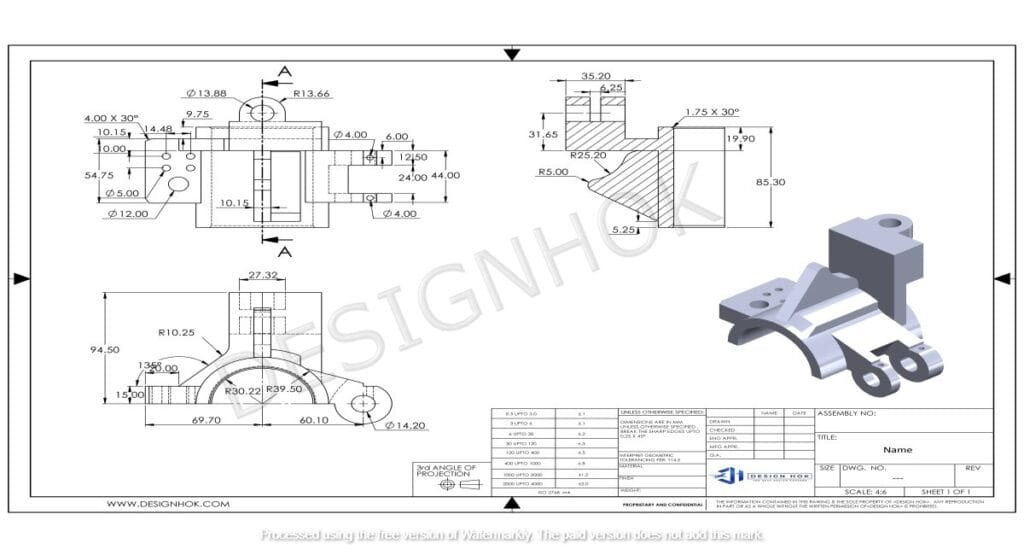
4. Focus on Functionality
Every 3D design must serve its intended purpose. For Design HOK, functionality takes precedence, particularly in engineering and mechanical design projects. Models are crafted to not only look impressive but also perform efficiently in real-world applications.
5. Visual Hierarchy
Designers at Design HOK pay close attention to visual hierarchy, which directs the viewer’s focus to key elements of the design. Techniques like contrasting colors, textures, and lighting are used to emphasize critical features while maintaining harmony across the model.
6. Use of Textures and Materials
Textures and materials bring 3D models to life. Properly applied textures enhance the realism and depth of the design. At 3D Design Principles for Design HOK, advanced rendering tools like V-Ray and Lumion are employed to simulate authentic materials, ensuring that the final renderings match real-world expectations.
7. Lighting and Shadows
Lighting is a vital component of 3D Design Principles for Design HOK, influencing mood, depth, and clarity. Proper placement of light sources and realistic shadow rendering are critical for creating immersive models. Design HOK excels in leveraging lighting to enhance the overall impact of their designs.
8. Optimization for Performance
Efficiency in modeling is crucial for achieving optimal performance, especially when dealing with complex designs or animations. Design HOK ensures models are optimized to reduce rendering times and maintain smooth functionality without compromising quality.
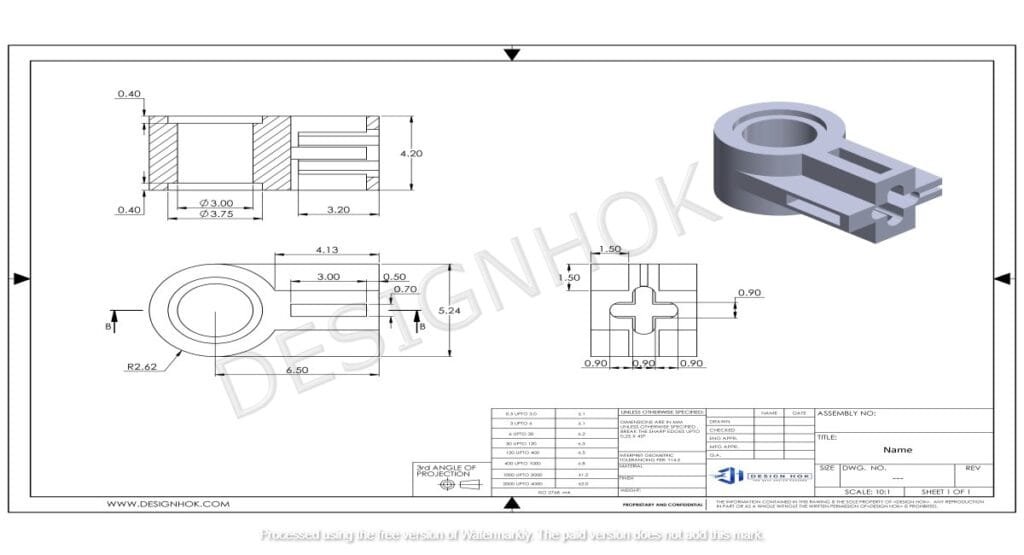
The Approach to 3D Design Principles for Design HOK
Collaboration with Clients
Design HOK emphasizes client collaboration to align the design process with their vision and requirements. By integrating client feedback at every stage, the team ensures that the project evolves in the right direction.
Leveraging Cutting-Edge Tools
Design HOK employs advanced tools like AutoCAD, SolidWorks, and Blender to implement these design principles effectively. These tools enable precision, realism, and flexibility in modeling, ensuring high-quality results.
Attention to Detail
No detail is too small for the designers at Design HOK. From fine textures to intricate lighting effects, every aspect of the model is crafted with care to achieve perfection.
Continuous Learning and Adaptation
Staying updated with the latest trends and technologies in 3D Design Principles for Design HOK is essential. Design HOK invests in ongoing training and exploration of innovative techniques to maintain a competitive edge.
Common Applications of 3D Design Principles for Design HOK
- Mechanical Design Projects: Developing precise models for machinery and mechanical components.
- Architectural Visualization: Crafting lifelike renderings of buildings and spaces.
- Product Prototyping: Creating realistic prototypes for testing and marketing.
- 3D Rendering Services: Producing high-quality visuals for presentations and marketing materials.
Each application requires a tailored approach, but the underlying principles remain consistent.
Why These Principles Matter
Adherence to 3D Design Principles for Design HOK provides numerous benefits:
- Consistency: Ensures uniformity and standardization across projects.
- Quality Assurance: Maintains high design standards.
- Efficiency: Reduces errors and streamlines workflows.
- Customer Satisfaction: Produces results that meet or exceed client expectations.
For Design HOK, these principles form the foundation of every project, contributing to its reputation for excellence.
Conclusion
Mastering 3D Design Principles for Design HOK is essential for achieving both creative and functional success. At Design HOK, these principles guide the team in delivering innovative solutions that align with client needs and industry standards. Whether it’s an intricate mechanical design or a stunning architectural visualization, the application of these core principles ensures exceptional outcomes every time.
By combining creativity, technical expertise, and an unwavering commitment to quality, Design HOK sets itself apart as a leader in 3D design and modeling.
FAQs
Q1: What software does Design HOK use for 3D design?
Design HOK uses tools like AutoCAD, SolidWorks, Blender, and V-Ray to create precise and visually stunning models.
Q2: How does Design HOK ensure the functionality of its designs?
The team focuses on client requirements and real-world applications, ensuring that all designs are both visually appealing and functional.
Q3: Why is lighting important in 3D design?
Lighting enhances depth, realism, and mood in a design, making it a crucial element for creating immersive 3D models.
Q4: What makes Design HOK’s approach to 3D design unique?
Design HOK combines cutting-edge tools, attention to detail, and client collaboration to deliver outstanding results tailored to each project.
Q5: How does Design HOK optimize 3D models for performance?
The team reduces unnecessary complexities in models, ensuring smooth rendering and functionality without sacrificing quality.

